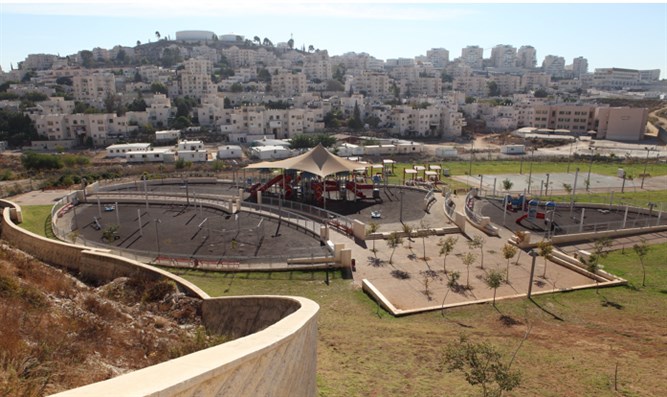In the conversation surrounding the Israeli-Palestinian conflict, it is common to hear the word “settlement.” But what exactly is a settlement? This terminology typically refers to the towns and villages established by Jewish Israelis in the West Bank after Israel took control of the area during the 1967 Six-Day War.
Here are three key things to know about Israeli settlements:
1. The settlements were built in waves.
The first wave of settlements, built between 1968–1977, were constructed strategically by the Labor governments in order to have a Jewish majority in areas where fighting was heaviest during the Arab-Israeli wars.
The second wave also took place during 1968–1977, beginning with thirty families renting hotel rooms in the Park Hotel in Hebron. This group of settlers were ideologically and religiously driven: Hebron is the site of the Cave of Machpelah, where the Patriarchs (Abraham, Isaac, and Jacob) and Matriarchs (Sarah, Rebecca, and Leah) are buried. In 1971, these thirty families were moved by the government to Kiryat Arba, a former military base on the edge of Hebron.
The third wave of settlements were built by those motivated by practical and economic reasons—the towns were closer to their jobs. Many ultra-Orthodox Jews moved to settlements such as Beitar Illit and Modi’in Illit because religious communities like Bnei Brak and Jerusalem were short on housing. In addition, about 15 percent of the settlement population is comprised of Americans, both secular and religious, who began establishing settlements in the 20th century.
2. Only about 5 percent of Israel’s population live in settlements.
According to the Jewish Virtual Library, 449,697 people live in 131 settlements. The developed areas of these settlements cover only 1.7 percent of the West Bank, or less than 40 square miles With the unbuilt areas added in, the total area is 152 square miles, which is less than 7 percent of the West Bank.
3. The legality of settlements is highly disputed.
According to United Nations resolutions and advisory opinions from the International Court of Justice (ICJ), an arm of the United Nations, the Israeli settlements in the West Bank are considered illegal as they are thought to be occupied territories, and are therefore inconsistent with international law.
Others argue that settlements are legal because the Mandate of Palestine, created in 1922, made provisions for a state of Israel whose borders included the West Bank. Additionally, the United Nations Security Council Resolution 242, adopted in 1967, does not require Israel to return all of the territories it gained in the Six-Day War. Despite this resolution, Israel has returned an estimated 94 percent of the land it gained in the Six-Day War as part of peace negotiations with her Arab neighbors.
Some members of the international community, such as Canada, France, and Germany, consistent with the UN and ICJ, consider the settlements illegal. The United States released a statement in November, 2019 declaring that the settlements are not inconsistent with international law and are, therefore, legal. The Administration of the United States’ decision to release this statement has resulted in renewed discussion regarding this issue.
Despite the revival of debate over the legality of the settlements, the international community remains divided on the topic, which continues to play a role in the ongoing Israeli-Palestinian conflict.
1https://www.jewishvirtuallibrary.org/facts-about-jewish-settlements-in-the-west-bank
2https://www.jewishvirtuallibrary.org/tomb-of-the-patriarchs-ma-arat-hamachpelah
3https://www.jewishvirtuallibrary.org/facts-about-jewish-settlements-in-the-west-bank
4Ibid.
5https://www.jewishvirtuallibrary.org/the-meaning-of-un-security-council-resolution-242



 Joel C. Rosenberg with Crown Prince Muhammad bin Salman Courtesy Joel C. Rosenberg
Joel C. Rosenberg with Crown Prince Muhammad bin Salman Courtesy Joel C. Rosenberg